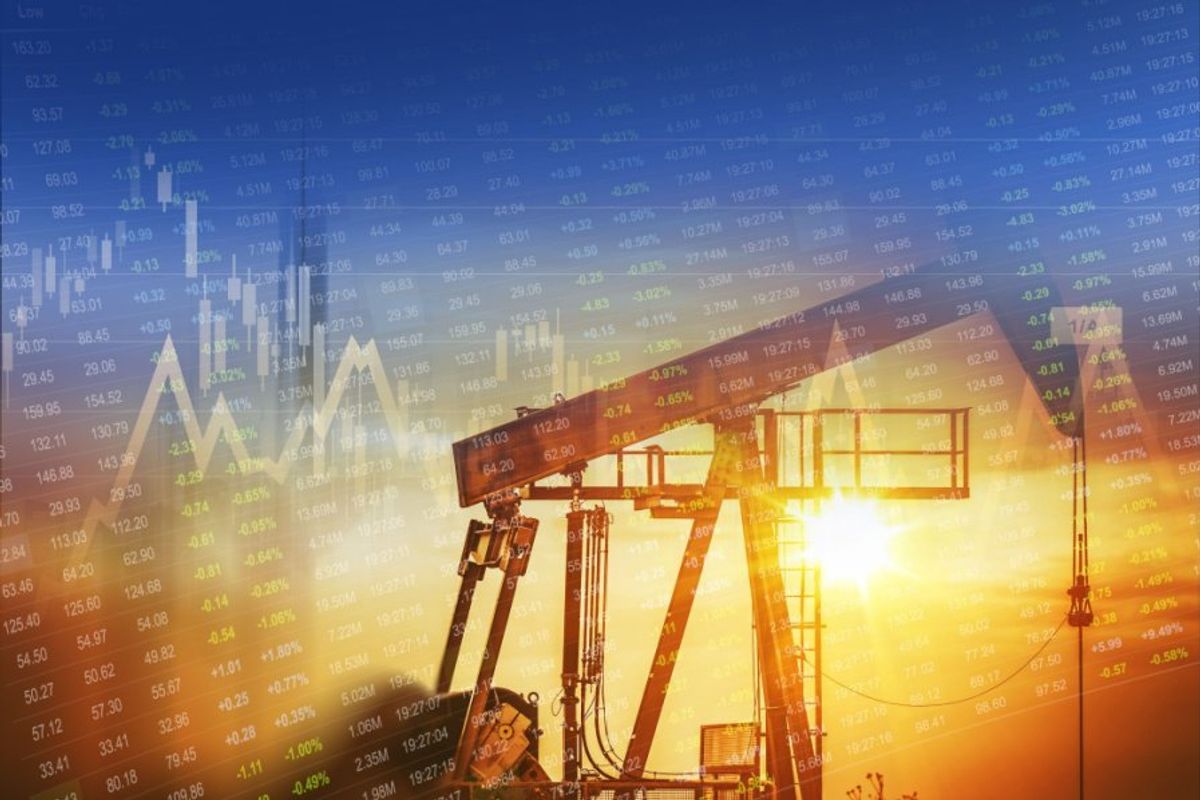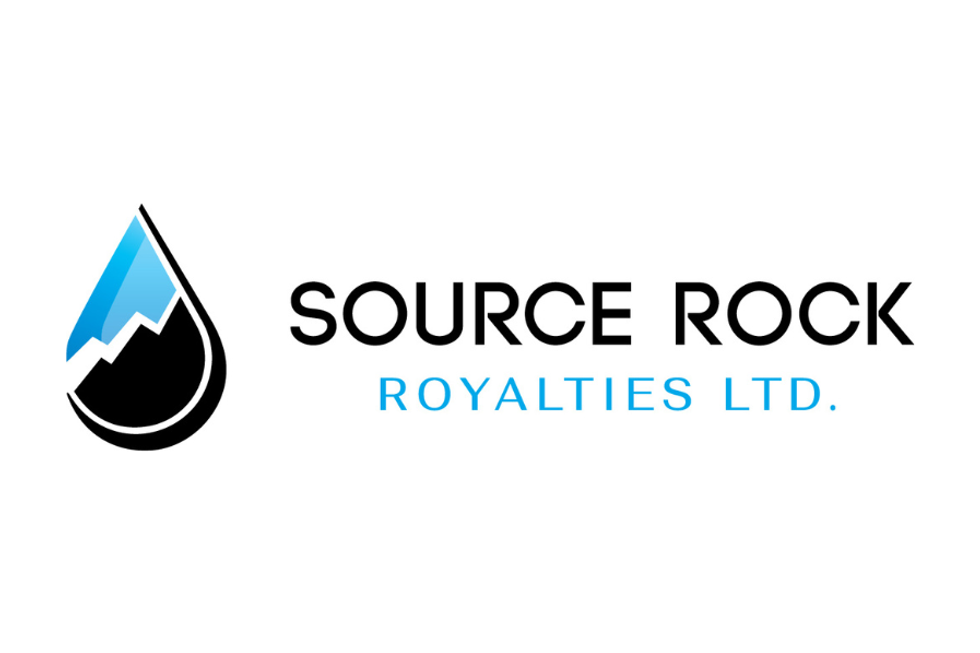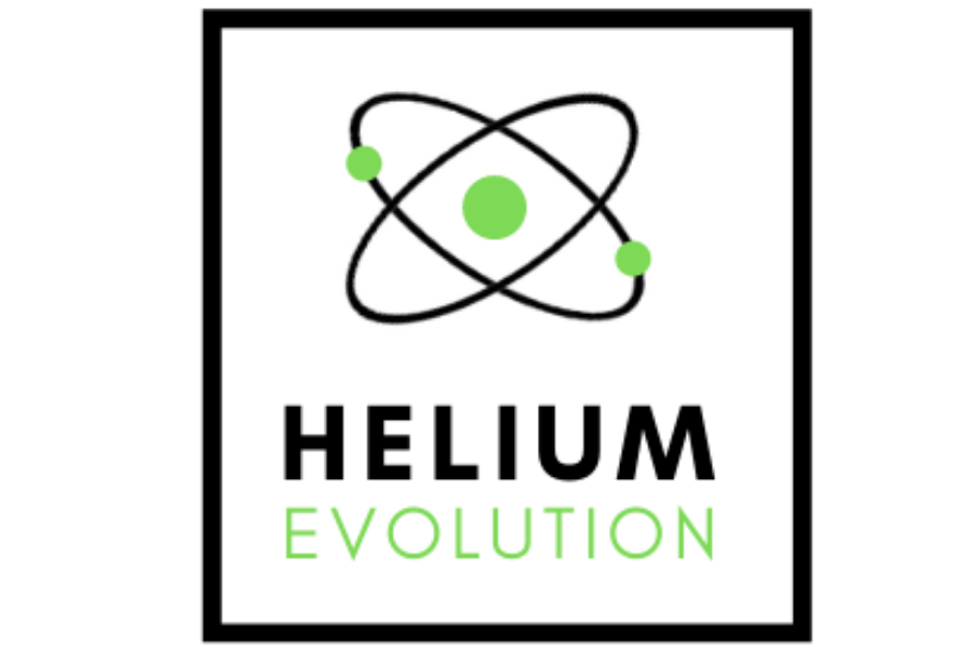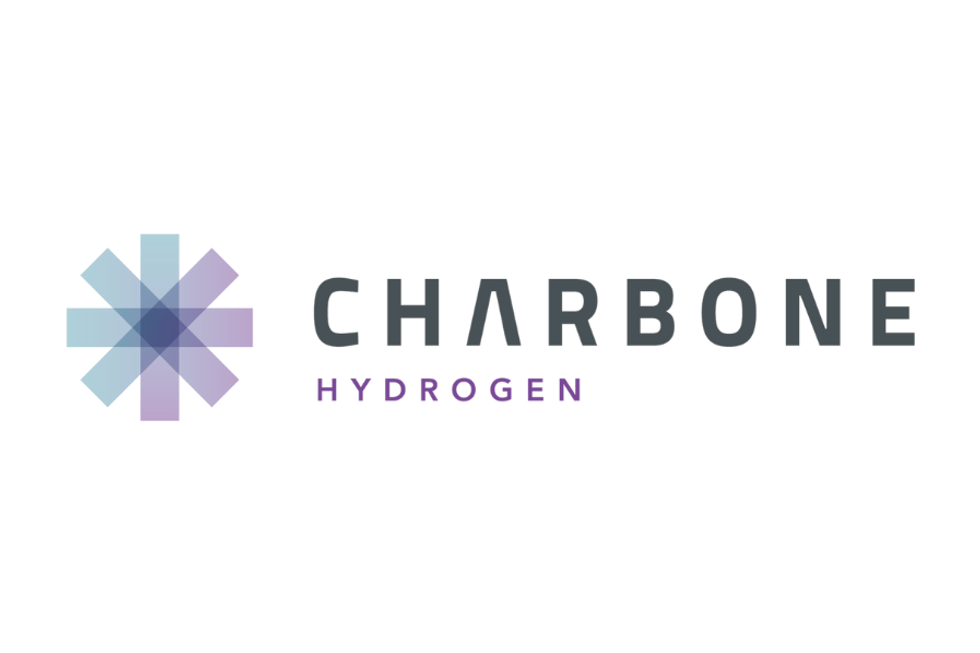- AustraliaNorth AmericaWorld
Investing News NetworkYour trusted source for investing success
- Lithium Outlook
- Oil and Gas Outlook
- Gold Outlook Report
- Uranium Outlook
- Rare Earths Outlook
- All Outlook Reports
- Top Generative AI Stocks
- Top EV Stocks
- Biggest AI Companies
- Biggest Blockchain Stocks
- Biggest Cryptocurrency-mining Stocks
- Biggest Cybersecurity Companies
- Biggest Robotics Companies
- Biggest Social Media Companies
- Biggest Technology ETFs
- Artificial Intellgience ETFs
- Robotics ETFs
- Canadian Cryptocurrency ETFs
- Artificial Intelligence Outlook
- EV Outlook
- Cleantech Outlook
- Crypto Outlook
- Tech Outlook
- All Market Outlook Reports
- Cannabis Weekly Round-Up
- Top Alzheimer's Treatment Stocks
- Top Biotech Stocks
- Top Plant-based Food Stocks
- Biggest Cannabis Stocks
- Biggest Pharma Stocks
- Longevity Stocks to Watch
- Psychedelics Stocks to Watch
- Top Cobalt Stocks
- Small Biotech ETFs to Watch
- Top Life Science ETFs
- Biggest Pharmaceutical ETFs
- Life Science Outlook
- Biotech Outlook
- Cannabis Outlook
- Pharma Outlook
- Psychedelics Outlook
- All Market Outlook Reports
ASX Oil and Gas Stocks: 5 Biggest Companies in 2024
How can Australian investors get exposure to oil and gas? The biggest ASX-listed stocks in the industry are one way to get started.

Experts are calling for continued price volatility in the global oil and gas market in 2024.
Thanks to factors including Saudi Arabia's voluntary oil production cuts and a drop in US commercial crude oil inventories, Brent crude prices rose to an average of US$94 per barrel this past September. However, concerns over worldwide oil demand growth and rising global inventories pushed prices down to US$78 in December. Heading into the second quarter of 2024, oil prices are riding an uptrend spurred on by rising tensions in the Middle East amid tightening supplies.
Oil prices may be surging, but natural gas prices have been on a sharp decline since November. This shift is particularly evident in mature markets, such as the Asia Pacific region, Europe and North America, which are experiencing reductions in gas demand as they sought alternatives like renewables and pursued improved energy efficiency.
Looking further into 2024, oil prices are expected to continue to climb. While natural gas demand is projected to remain slow this year, McKinsey & Company is projecting global gas demand growth of between 10 and 15 percent through 2030.
With compelling reasons to enter the oil and gas sector, what's the best way for Australian investors to get exposure? The biggest ASX-listed oil and gas stocks by market cap are one place to start. Data for the list below was obtained on April 8, 2024, using TradingView’s stock screener. All market cap and share price data was accurate at that time.
1. Woodside Energy Group (ASX:WDS)
Market cap: AU$58.03 billion; current share price: AU$31.10
As the biggest ASX-listed oil and gas stock by market cap, Woodside Energy Group leads the country in natural gas production and is considered a pioneer in Australia’s liquefied natural gas (LNG) industry.
In June 2022, Woodside Petroleum merged with BHP's (ASX:BHP,NYSE:BHP,LSE:BHP) oil and gas business to form Woodside Energy Group. The new company's natural gas production accounts for 5 percent of global LNG supply. With its newly expanded portfolio, Woodside achieved an after-tax net profit of US$1.66 billion for 2023. The company reported in February that its on track to achieve first production at the Sangomar project in Senegal in mid-2024.
2. Santos (ASX:STO)
Market cap: AU$25.69 billion; current share price: AU$7.85
Australian energy company Santos is the country’s second biggest oil and gas producer. The ASX-listed firm supplies its products to markets located across Australia and Asia.
In February 2022, Santos partnered with SK E&S and others on carbon capture and storage projects in Australia. “Just as Australia has been a reliable energy producer for Asian economies for more than half a century, there is an enormous opportunity for Australia to be at the forefront of helping them decarbonise using our natural competitive advantage in carbon storage resources and knowhow,” said Santos CEO and Managing Director Kevin Gallagher last November.
In its report for the full-year 2023, Santos highlights significant free cashflow of US$2.128 billion and an underlying profit of US$1.423 billion to year-to-date.
3. Viva Energy Group (ASX:VEA)
Market cap: AU$6.09 billion; current share price: AU$3.82
Viva Energy Group owns the Geelong oil refinery and distributes Shell-branded (LSE:SHEL,NYSE:SHEL) fuels throughout Australia. The firm oversees a vast network of over 1,300 Shell and Liberty service stations nationwide.
In its 2023 full-year report, Viva Energy reported a year-on-year increase in fuel sales of 9 percent for the period, as well as an increase in EBITDA of 33 percent for its Commercial and Industrial segment to reach a record AU$447.5 million. Its Convenience and Mobility segment posted an EBITDA of AU$232.2 million.
4. Beach Energy (ASX:BPT)
Market cap: AU$4.317 billion; current share price: AU$1.61
Oil and gas exploration and production company Beach Energy has a diverse portfolio, with onshore and offshore oil and gas production in five basins across Australia and New Zealand.
Last year, the company made gas discoveries at both Tarantula Deep 1 and Trigg Northwest 1 as part of its ongoing Perth Basin gas exploration campaign.
In its 2024 half-year fiscal report, Beach Energy posted AU$941 million in sales revenue, up 16 percent year-over-year. This was despite production down by 11 percent for the same period to 8.8 million barrels of oil mainly due to lower customer gas nominations. Looking ahead , the company is targeting mid-CY2024 for first gas production at its Waitsia Gas Plant currently under construction.
5. Karoon Energy (ASX:KAR)
Market cap: AU$1.819 billion; current share price: AU$2.23
Karoon Energy is focused on continued company growth through a broad pipeline of exploration and development projects in Brazil, including its producing Baúna and Piracaba oil fields.
In its 2023 transition year report, Karoon outlines production of 5.47 million barrels a day for the six months ending December 31. This resulted in sales revenue of US$412.9 million, up from US$267.1 million in the prior six months largely due to both higher production and higher realized oil prices.
In December, Karoon completed its acquisition of interests in the US Gulf of Mexico from LLOG, including a 30 percent working interest in the Who Dat and Dome Patrol oil and gas fields and associated infrastructure, as well as a nearly 16 percent working interest in the Abilene field and varying interests in adjacent exploration acreage.
FAQs for oil and gas investing
What is crude oil?
Crude oil is a mixture of hydrocarbons in liquid form that is found in natural underground reservoirs in the Earth's crust. This petroleum liquid is refined to produce a variety of energy and industrial products, including asphalt, diesel and jet fuels, gasoline, heating oils, lubricants and propane.
Does Australia have oil?
Geoscience Australia states that the country hosts about 0.3 percent of global oil reserves.
“Most of Australia's known remaining oil resources are condensate and liquefied petroleum gas associated with giant offshore gas fields in the Browse, Carnarvon and Bonaparte basins,” according to the government agency.
Where does Australia get its oil?
Australia’s domestic oil production does not cover its oil consumption; for that reason, the country receives oil imports from Singapore, South Korea, China, Malaysia and India.
Don't forget to follow us @INN_Australia for real-time updates!
Securities Disclosure: I, Melissa Pistilli, hold no direct investment interest in any company mentioned in this article.
- Energy Outlook: Australia Edition ›
- Top 5 Oil and Gas Stocks on the TSX and TSXV ›
- Have We Reached Peak Oil? ›
- Oil Price and Inflation: What’s the Correlation? ›
Melissa Pistilli has been reporting on the markets and educating investors since 2006. She has covered a wide variety of industries in the investment space including mining, cannabis, tech and pharmaceuticals. She helps to educate investors about opportunities in a variety of growth markets. Melissa holds a bachelor's degree in English education as well as a master's degree in the teaching of writing, both from Humboldt State University, California.
Outlook Reports
Featured Oil and Gas Investing Stocks
Browse Companies
MARKETS
COMMODITIES
| Commodities | |||
|---|---|---|---|
| Gold | 2395.39 | +15.46 | |
| Silver | 28.74 | +0.51 | |
| Copper | 4.52 | +0.05 | |
| Oil | 83.17 | +0.44 | |
| Heating Oil | 2.55 | +0.01 | |
| Natural Gas | 1.75 | 0.00 | |
Investing News Network websites or approved third-party tools use cookies. Please refer to the cookie policy for collected data, privacy and GDPR compliance. By continuing to browse the site, you agree to our use of cookies.
Melissa Pistilli has been reporting on the markets and educating investors since 2006. She has covered a wide variety of industries in the investment space including mining, cannabis, tech and pharmaceuticals. She helps to educate investors about opportunities in a variety of growth markets. Melissa holds a bachelor's degree in English education as well as a master's degree in the teaching of writing, both from Humboldt State University, California.
Learn about our editorial policies.






